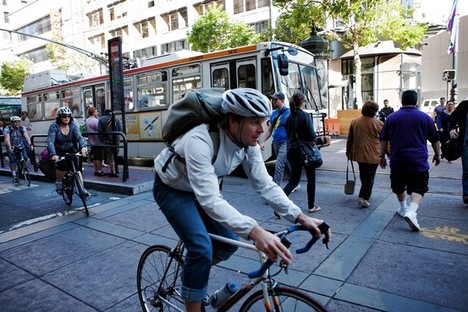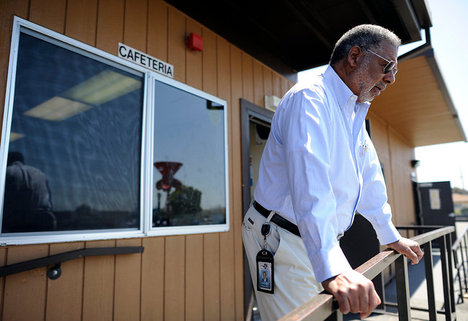(p. A25) Berkeley, Calif. — CALIFORNIA has a reputation as a leader in battling climate change, and so when Pacific Gas & Electric and environmental groups announced a plan last week to close the state’s last nuclear plant, Diablo Canyon, and replace much of the electricity it generates with power from renewable resources, the deal was widely applauded.
It shouldn’t have been. If the proposal is approved by the state’s Public Utilities Commission, California’s carbon dioxide emissions will either increase or decline far less than if Diablo Canyon’s two reactors, which generated about 9 percent of the state’s electricity last year, remained in operation. If this deal goes through, California will become a model of how not to deal with climate change.
. . .
Nearly every time a nuclear plant has been closed, its energy production has been replaced almost entirely with fossil fuels, including in California. In 2012, when the San Onofre nuclear plant closed, natural gas became the main replacement power source, creating emissions of carbon dioxide equivalent to putting two million cars on the road.
. . .
Even if by some miracle California did manage to replace 100 percent of Diablo Canyon’s output with renewables, why would a state ostensibly concerned with climate change turn away from its largest single source of clean energy? The answer, as is perhaps obvious, is the ideological insistence on renewables and an irrational fear of nuclear power.
The only countries that have successfully moved from fossil fuels to low-carbon power have done so with the help of nuclear energy. And the backlash against antinuclear policies is growing. Increasingly, scientists and conservationists in the United States are speaking out in defense of nuclear power.
If California indeed closes Diablo Canyon, emissions will either rise or fail to fall as quickly as they could, and the antinuclear agenda will be exposed as anathema to climate protection.
For the full commentary, see:
MICHAEL SHELLENBERGER. “How Not to Deal With Climate Change.” The New York Times (Thurs., June 30, 2016): A25.
(Note: ellipses added.)


